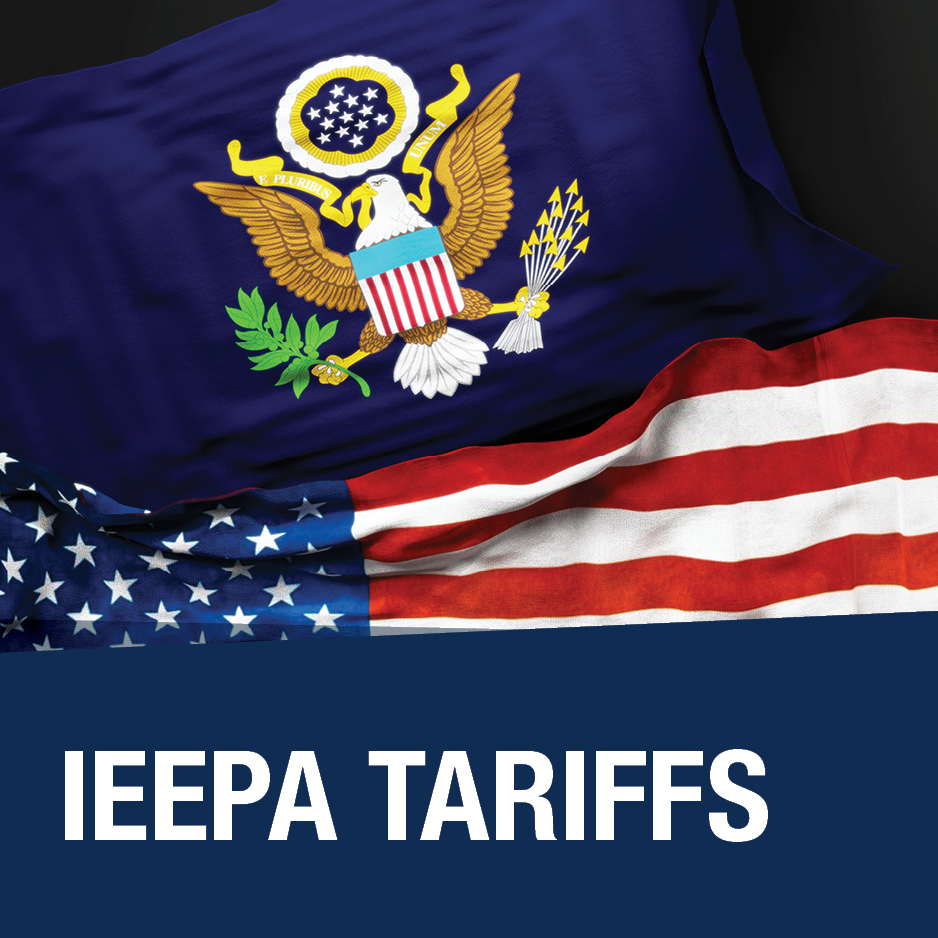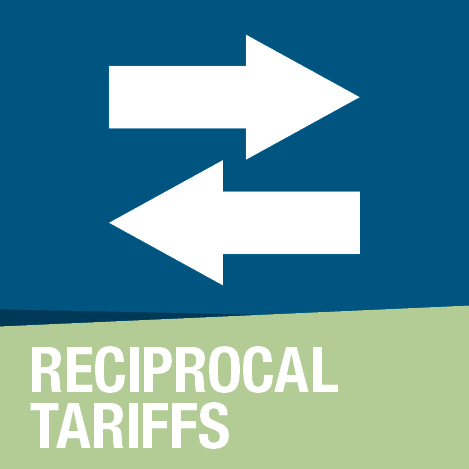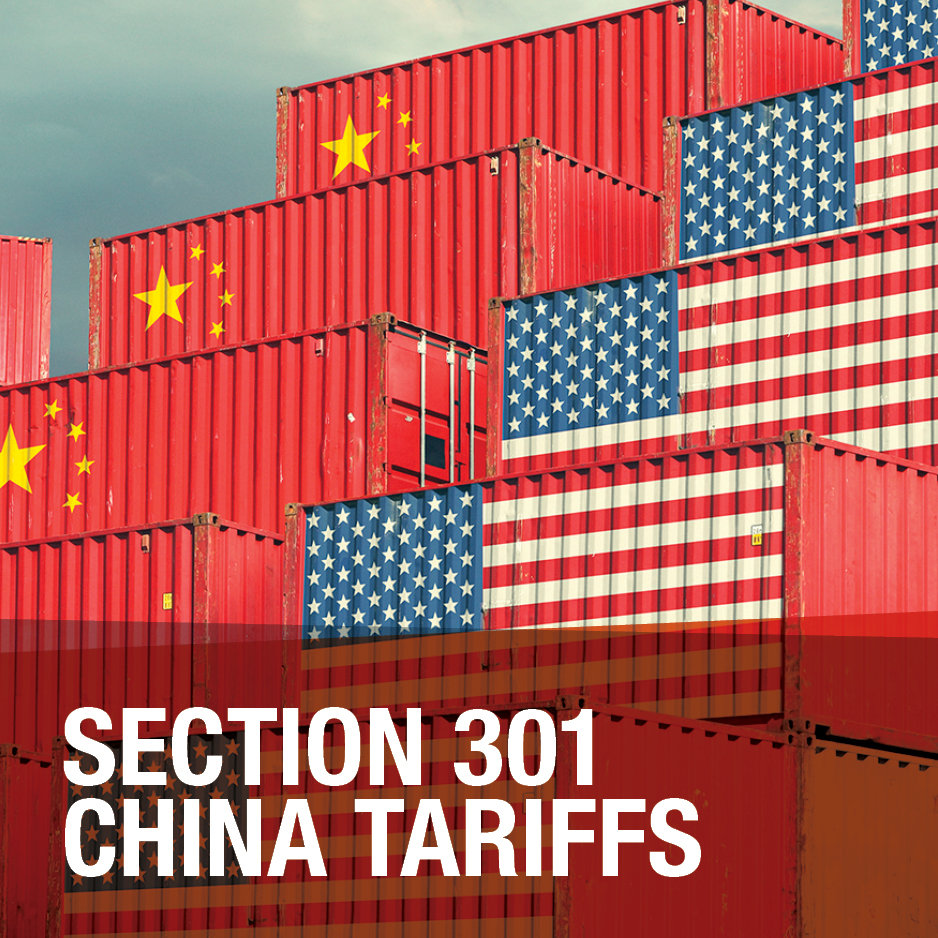
Tariffs and Trade
Tariffs & Trade Impacting the Automotive Aftermarket Latest News
The Auto Care Association is actively monitoring this evolving situation and will provide updates as new information emerges. Check this page regularly for the latest developments.
Member-only Resource
Auto Care Tariff Calculator
Use our tariff calculator to help you identify which recent U.S. tariffs may apply cumulatively to your products.
See CalculatorHas your business been impacted by Tariffs?
We welcome your feedback to help us better understand and assess the impact of these tariffs on our industry and businesses. Please share with us by contacting Angela Chiang, director, international affairs, at angela.chiang@autocare.org.
Share Your Impact StoryCurrent Status
On March 26, 2025, President Trump issued a proclamation imposing a 25% tariff on imports of automobiles (effective April 3, 2025) and certain automobile parts (tentatively effective May 3, 2025).
Current Status
Effective March 7, 2025, imports from Canada and Mexico that meet USMCA rules of origin are exempt from the additional IEEPA duties. Imports that do not satisfy USMCA rules of origin are subject to a 25% tariff rate. Energy products from Canada and potash from Mexico and Canada are subject to a reduced tariff rate of 10%.
Effective March 4, 2025, imports from China are subject to a 20% tariff rate, an increase from a 10% tariff rate that went into effect on Feb. 4, 2025.
Note that many products imported from Canada and Mexico were already duty-free under MFN rates, making USMCA declarations unnecessary. Under the new policy, importers must document and ensure USMCA compliance (if eligible) to be exempt from the IEEPA tariffs. Otherwise, the 25% IEEPA tariff would apply.
Current Status
On April 1, 2025, President Trump issued an Executive Order under the International Emergency Economic Powers Act (IEEPA) to establish a 10% baseline tariff and country-specific reciprocal tariffs on imported goods.
On April 9, 2025, President Trump issued an order delaying the country-specific reciprocal tariffs effective April 10, 2025. The country-specific reciprocal tariffs originally went into effect on April 9, 2025 and will be suspended for 90-days, after which the country-specific rates in Annex I will apply.
The baseline 10% tariff remains in effect for all products from all countries during this time, except for products that are covered by the exemptions listed in the original order (see below).
However, the 90-day pause does not apply to China due to their retaliatory tariffs on U.S.-origin goods. China's reciprocal tariff rate has increased from the original 34% to 84% and now to 125%. This applies to goods entered for consumption, or withdrawn from warehouse for consumption, on or after 12:01 a.m. EDT on April 10, 2025.
Current Status
As of March 12, 2025, the expanded Section 232 tariffs on steel and aluminum are now in effect. All imports of steel and aluminum are subject to a 25% tariff, and previous country exemptions and tariff-rate quotas have been eliminated.
The tariffs also apply to certain derivative products based on the steel and aluminum content. The product exclusion process has been terminated, meaning previously approved exclusions are no longer valid.
Current Status
The Section 301 China tariffs implemented in 2018-2019 remain in effect, with most tariff rates unchanged since their initial implementation. While some product exclusions have been extended, the majority have expired, except for a limited set scheduled to expire on May 31, 2025.
Additionally, a new 20% tariff on imports from China was imposed under IEEPA, taking effect on Mar. 4, 2025.
President Trump’s ‘America First Trade Policy’: Key Areas of Focus and Potential Impacts
On Jan. 20, 2025, President Donald Trump issued a presidential action titled “America First Trade Policy,” outlining a comprehensive trade policy strategy focused on U.S. economic and national security by addressing trade imbalances and unfair trade practices.
The results of the reviews, investigations and recommendations are due to President Trump by April 1, 2025.
America First Trade PolicySome of the key areas that President Trump has directed to undertake review and make recommendations include:
Unfair and Unbalanced Trade
Trade Deficits: The Secretary of Commerce, in consultation with other agencies, will investigate the U.S. trade deficit, economic and national security implications. Recommendations could include a global supplemental tariff or other policies to address these issues.
External Revenue Service (ERS): The Secretary of Treasury, in consultation with other agencies, will investigate the feasibility of establishing an ERS and will recommend the best methods for designing, building and implementing an ERS to collect tariffs.
Unfair Trade Practices: The United States Trade Representative (USTR), in consultation with other agencies, will investigate any unfair trade practices by other countries and make recommendations to remedy these practices.
US-Mexico-Canada Agreement (USMCA): As part of the scheduled review in July 2025, the USTR will conduct public consultations and evaluate the agreement’s impact on American industries and make recommendations on whether the U.S. should continue its participation in the agreement.
Currency Policies: The Secretary of Treasury, in consultation with other agencies, will review the policies and practices of major U.S. trade partners with respect to the rate of exchange between their currencies and the U.S. dollar. Recommendations include measures to counter currency manipulation that provide an unfair trade advantage.
Trade Agreements and Market Access: The USTR will investigate existing U.S. trade agreements and recommend any revisions. Additionally, the USTR shall identify countries the U.S. can negotiate agreements to obtain export market access for U.S. businesses.
Economic and Trade Relations with the People’s Republic of China (PRC)
The policy directs a focused review of the following PRC-related areas:
- Section 301 Phase One Agreement
- Section 301 Four-Year Review Report
- Other acts, policies and practices by China that may be unreasonable or discriminatory and that may burden or restrict U.S. commerce
- Legislative proposals regarding Permanent Normal Trade Relations with the PRC
- Status of U.S. intellectual property rights conferred upon PRC persons to “ensure reciprocal and balanced treatment of intellectual property rights with the PRC”
Overall Implications and Potential New Tariffs
The "America First Trade Policy" memorandum does not impose any new tariffs at this time. However, it initiates investigations aimed at addressing trade imbalances and unfair practices, which could result in future trade actions.
President Trump has recently indicated that he is considering imposing tariffs of 25% on imports from Canada and Mexico and 10% on imports from China, with potential implementation as early as Feb. 1, 2025. He has also floated the idea of a universal tariff but stated that the United States “is not ready for that yet.” These tariffs have not been confirmed.
According to a recent Politico article, insiders have suggested that the Trump administration is strongly considering new tariffs as part of its broader trade strategy, signaling that such measures may be imminent. The "America First Trade Policy" memorandum outlines a strategy focused on addressing trade imbalances and unfair practices, signaling potential changes in U.S. trade relations.
Latest News
 On Your Behalf
On Your Behalf Press Release
Auto Care Association Submits Comments, Economic Study to USTR, Warns Proposed Shipbuilding Remedies Will Harm American Consumers, Businesses
 On Your Behalf
On Your Behalf Auto Care Association Joins Coalition Letter in Opposition of USTR's Shipping Remedies Proposal








Leave a comment